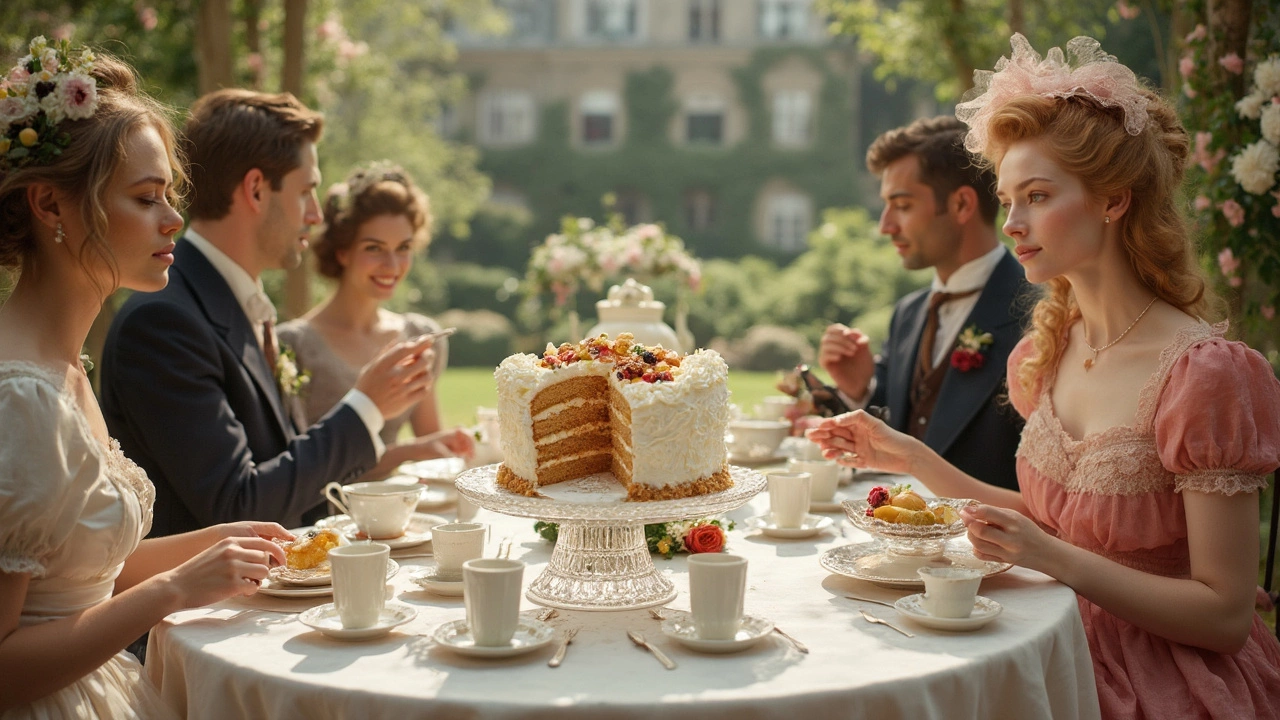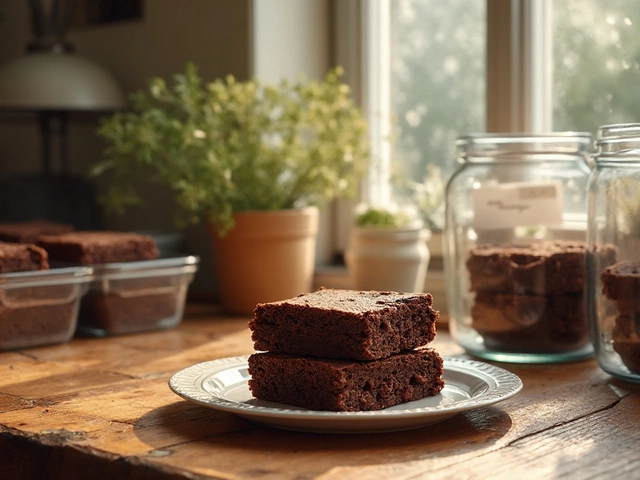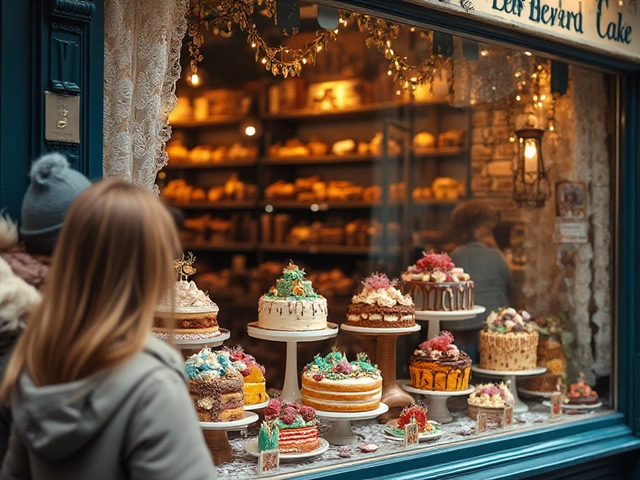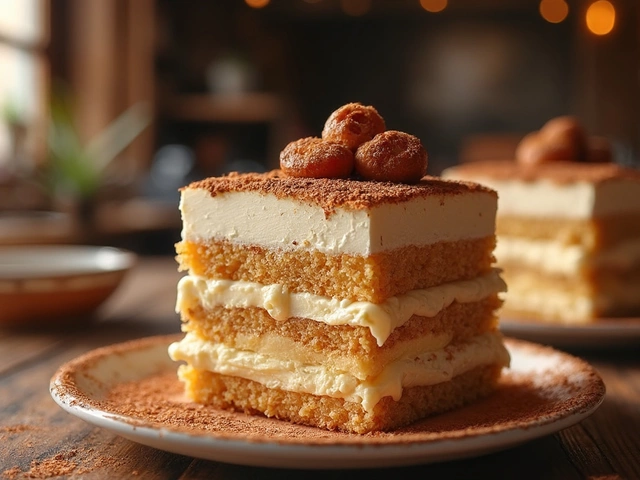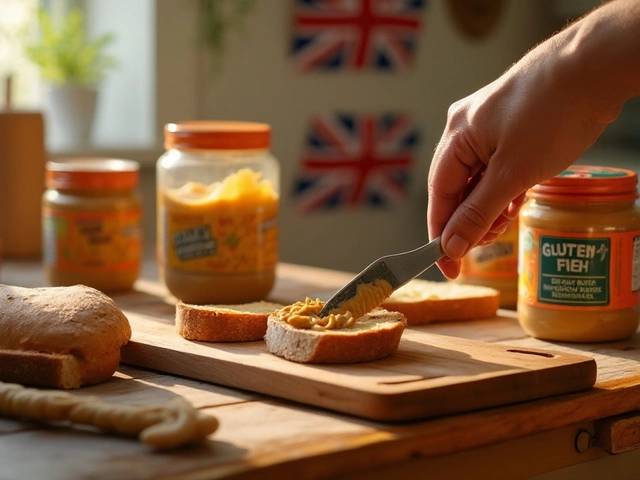Cake Origins: Where Did Our Sweet Treats Come From?
Ever wonder why a simple slice of cake can feel like a celebration? The answer lies in a long, tasty journey that began thousands of years ago. Early humans mixed grain flour with honey and baked it over fire, creating the first "cake-like" foods. Those early breads weren’t the fluffy sponges we see now, but they set the stage for everything that followed.
In ancient Egypt, bakers added yeast and eggs, turning flat breads into softer, more cake‑like creations. They even flavored them with dried fruit and nuts, making a treat fit for pharaohs. The Greeks borrowed the idea, calling their sweet breads plakous, and they often served them at festivals. This tradition of marking special moments with a sweet loaf spread across the Mediterranean.
From Medieval Tarts to Modern Layers
During the Middle Ages, European cooks started experimenting with sugar, which had just arrived from the Middle East. Sugar allowed bakers to make richer, sweeter cakes. They also began using spices like cinnamon and nutmeg, which added depth. By the 1600s, the English were making "sponge" cakes by whisking eggs and sugar into a light batter and baking it in a wooden mold.
These early sponge cakes were the ancestors of today’s birthday cakes. The invention of baking powder in the 19th century turned the game upside down. No more long whisking—bakers could get a quick rise, leading to the light, airy cakes we love. Around the same time, decorative frosting appeared, giving cakes a visual punch as well as a tasty one.
Why Knowing Cake History Helps Your Baking
Understanding cake origins isn’t just trivia; it gives you clues on how to tweak recipes. For instance, ancient cakes relied on honey for sweetness, so swapping a bit of honey for sugar can add a subtle depth. Knowing that early cakes used nuts and dried fruit means you can add those ingredients for texture without extra fuss.
Modern trends, like the rise of vegan brownies or gluten‑free macarons, echo the same spirit of adaptation that has driven cake evolution for centuries. When you bake a cake today, you’re part of a long line of innovators—just without the fire‑pit.
So next time you slice into a cake, think about the centuries of inventors, bakers, and celebrators who made that moment possible. Their experiments, from honey‑sweetened flat breads to today's towering buttercream masterpieces, show that a cake is more than a dessert—it’s a story you can eat.
Ready to try something new? Take a classic sponge recipe and add a handful of toasted almonds or a drizzle of honey. You’ll be honoring the cake’s origins while creating a fresh, personal twist.
